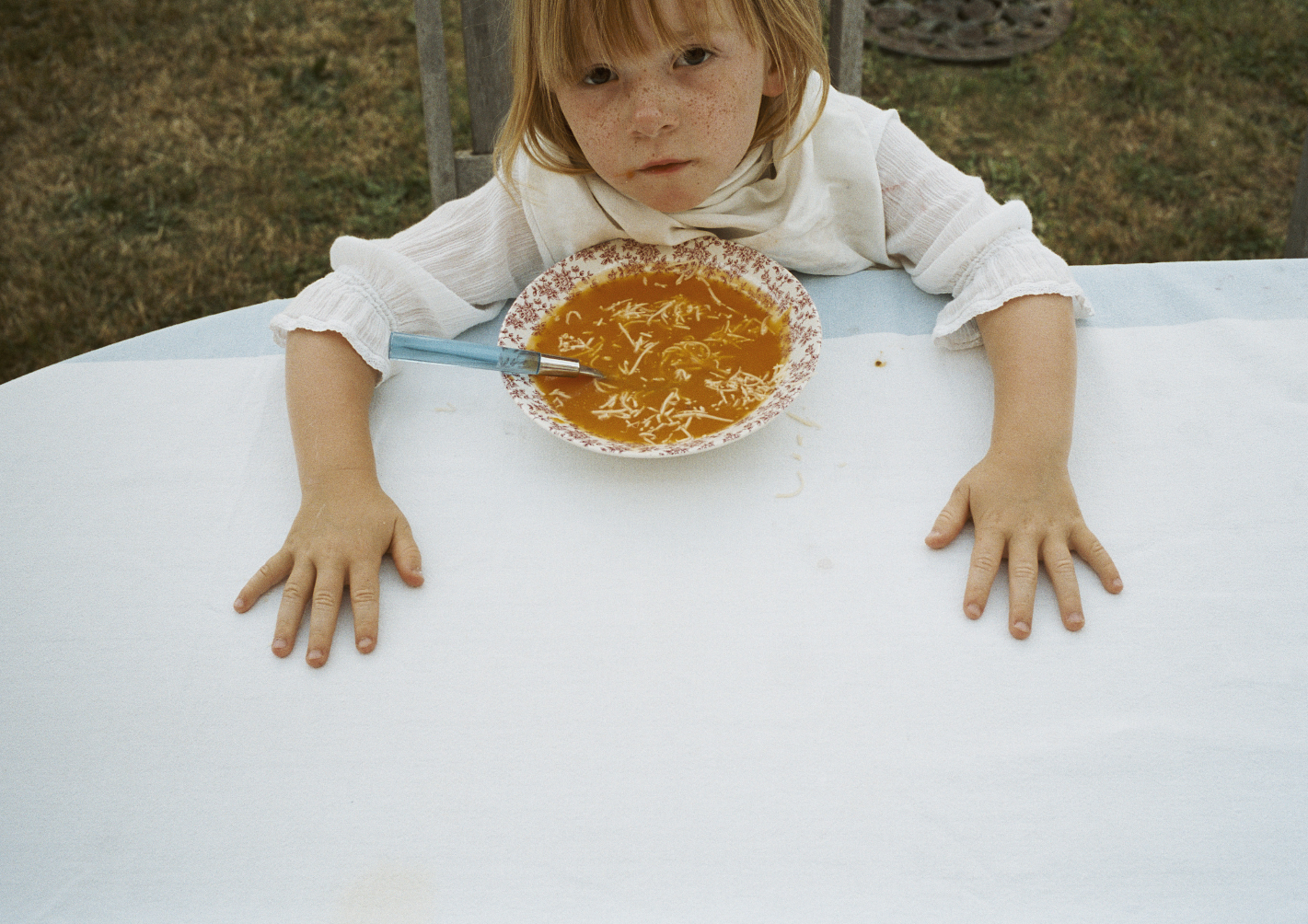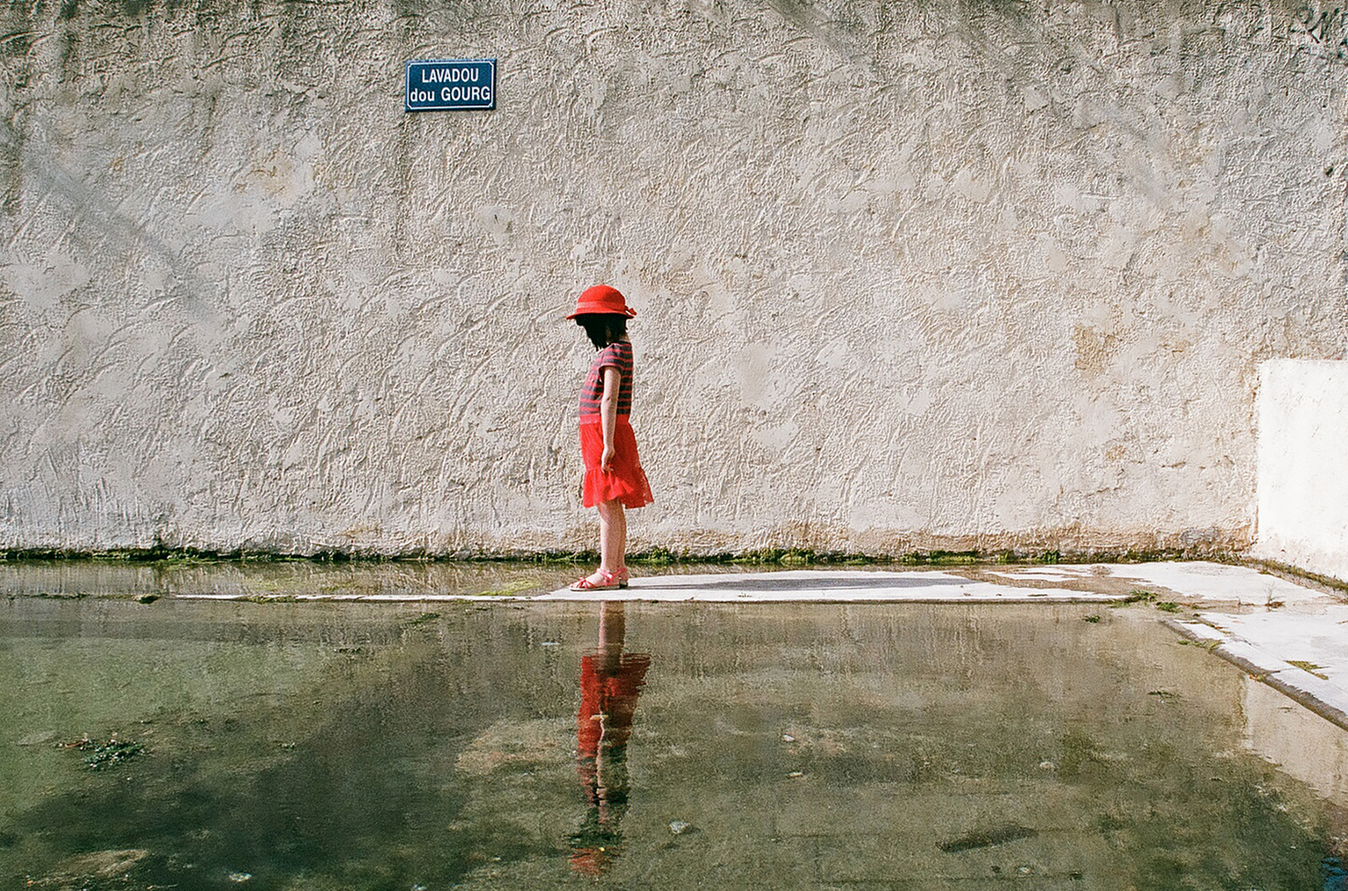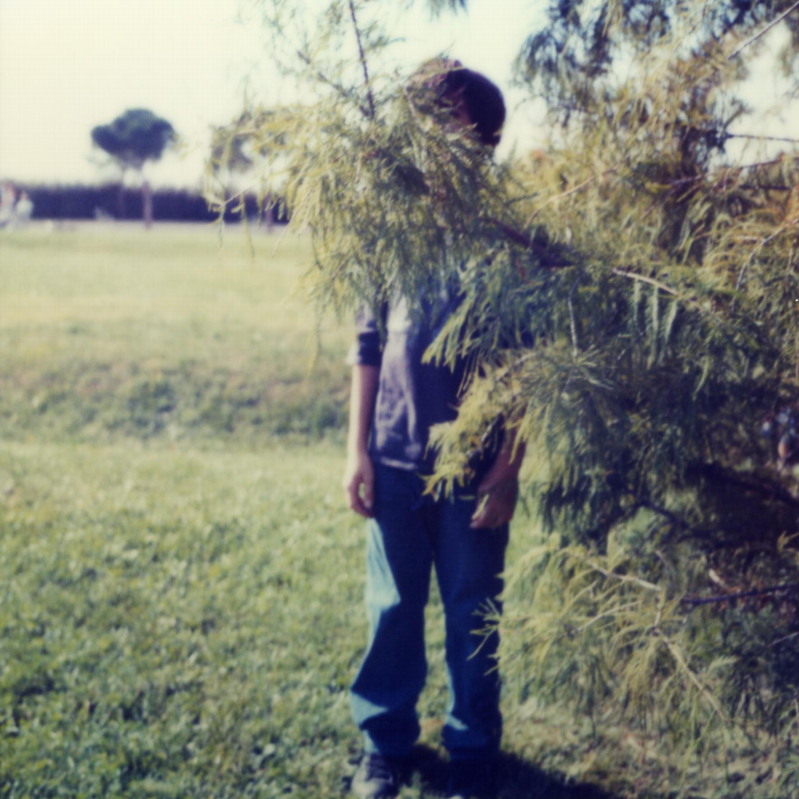Curated by Romain mathew
gallerie Bea-ba @ gallerie du 5eme
Everything, Everyone, Everywhere.
Curated by Romain mathew
gallerie Bea-ba @ gallerie du 5eme
Women of Abstract Expressionism @ Danver Museum. curated by Gwen Chanzit.

The groundbreaking exhibition Women of Abstract Expressionism will celebrate the often unknown female artists of this mid-twentieth-century art movement. More than 50 major paintings will be on view by artists working on the East and West Coasts during the 1940s and '50s:
Mary Abbott, Jay DeFeo, Perle Fine, Helen Frankenthaler, Sonia Gechtoff, Judith Godwin, Grace Hartigan, Elaine de Kooning, Lee Krasner, Joan Mitchell, Deborah Remington, Ethel Schwabacher
This will be the first presentation of works by these artists together at one time.Women of Abstract Expressionism will focus on the expressive freedom of direct gesture and process at the core of abstract expressionism, while revealing inward reverie and painterly expression in these works by individuals responding to particular places, memories, and life experiences.An original video made for the exhibition will include accounts about exciting moments in these artists' lives, as well as issues affecting women during this time period. An illustrated catalog is available in The Shops at the Denver Art Museum.
The exhibition is organized by the Denver Art Museum and curated by Gwen Chanzit, the museum's curator of modern art. After the DAM, the exhibition will travel to the Mint Museum, Charlotte, in October 2016 and the Palm Springs Art Museum in February 2017.
LES DESSIN S'ENGAGE
La collection de l'artothèque en dialogue avec
LOOK&LISTEN / Schema Project NY / Atelier Tchikebe
======================
Armelle De Sainte Marie, Audrey Stone, Brent Hallard, Catherine Haggarty, Claire Colin-Collin, Claude Viallat, Didier Petit, David Ambrose, Enrico Gomez, Ernest Pignon-Ernest, François Morellet, Gabriele Herzog, Gary Peterson, Izabela Kowalczyk, Jeremie Delhome, Joris Brantuas, Jeremy Laffon, Ken Gray, Ky Anderson, Laura Charlton, Lawrence Swan, Mary Judge, Matt Kleberg, Meg Lipke, Nelio, Paula Overby, Philippe Chitarrini, Rieko Koga, Richard Van Der Aa, Rob de Oude, Robert Otto Epstein, Oriane Stender, Shawn Stipling, Tilman, Ward Schumaker, Yifat Gat.
Opening 26.4.2016 @ Artothèque, Miramas.
Drawing as a form of commited engagement, politicly as visually.
Co-Curated with Beatrice Bea.
Expo till 28.5.2016





Schema projects artists for this year are :
Paula Overby, David Ambrose, Rosaire Appel, Katarina Denzinger, Scott Espeseth, Ken Gray, Mary Judge, Meg Lipke, Matt Kleberg, Audrey Stone, Lawrence Swan, Oriane Stender, Robert Otto Epstein, Vitor Mejuto, Andrew Zarou, Ward Schmaker, Brent Hallard.


Ward Schmaker
Rosaire Appel

Mary Judge

Meg Lipke
This Post is an introduction to Patrice's amazing work process. As Messy as the process seems: cutting, spilling, burning , the result work is elegant and super clean. His work will be exhibited along side Gabriele Herzog at our next DUET EXPO coming up next.


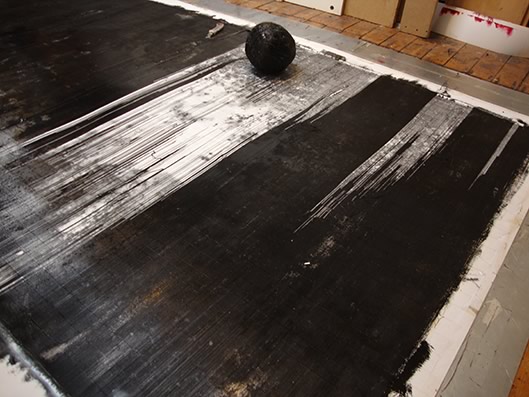


The images in this 10Q&A are taken from Erin's first Museum exhibition PAINT.NOW at Ny Carlsberg Glyptotek, Copenhagen.

Photo by Martin Vintner-Jackson
From the catalog :
Erin Lawlor (1969 ) paints oil paintings using the ”wetonwet” technique, also called alla prima. Wetonwet is oil painting which is done without underpainting or intermediate drying. Lawlor’s paintings are created through a demanding physical process where the painter stands and the canvas is on the floor. With a large broomlike brush the paint is drawn across the surface in several layers, the process permitting the paint to ”find its own paths” on the canvas, flowing freely to the side, up, down and diagonally. It is thus the material itself which shapes the motif, which is composed of only pigments, brushstrokes and paints.
PAINT.NOW presents an example of oil painting today, and is a supplement to the exhibition PAINT which displays nine of the Glyptotek’s French masterpieces from the 19th century. These paintings are exhibited without their frames, where, instead, the exposed edges of the canvas invite a new perspective on technique and painting.
Erin Lawlor lived and worked in France from 1987 to 2012. Currently she lives and works in London. Recently she has had solo exhibitions at the George Lawson Gallery, Los Angeles and San Francisco, Gray Contemporary in Houston, Texas and at Galerie Klaus Braun, Stuttgart Germany.
- Line Clausen Pedersen, Curator.
YG : When did you first knew you wanted to be a painter?
EL : I drew and painted, and took pleasure in it, from my earliest childhood. But I was also a voracious reader and writer it was after a few years in France, when I had the sense of being caught between two languages in both my life and my writing, that the impulse to paint began to come to the fore again, perhaps as a sidestep to that issue. I was also studying Art History at university in Paris at the time, and the more I looked at painting, the more frustrated I was not to be doing!

YG : what were your recent painter ‘happy moments’?
EL : So many... they occur, however briefly, every day in the studio. That is, after all what it is about. Those moments of forgetting oneself entirely, being absolutely caught up with and engaged in what is happening on the canvas. Otherwise I have just been back to the Glytpotek to see the exhibition there with my sister for the first time since the opening, and it was a wonderful sensation to see the work, my work, in that context, but with a little more distance (and a little less stress!). And truly wonderful to see the response to the work there the fact of that dialogue in itself, with the museum, and particularly Line Clausen Pedersen, the curator of both my exhibition and the ‘Paint’ show of French Masters that it is concurrent to, has been extraordinary; it has also been a pleasure and surprise to have had such lengthy conversations with others at the museum, visitors and spectators but also other museum personnel, including many of the guards, who seem moved by the work.
YG : What impact did your family life had on your work (parents, partners, kids)?
EL : I grew up in a household where painting, and art, were certainly both present and encouraged on my mother’s side there have been generations of very proficient painters; but where paradoxically perhaps it was not considered as something you did as a career really. And I was academic, so that was certainly encouraged more in school (and society in general), as a direction to take...But it took me a long time to have the confidence to define myself as a painter. My exhusband’s parents had both been painters, so he was familiar with some of the dynamic involved, but having children, the whole ‘praminthehallway’ thing, is a reality. There’s an incessant juggling of time and energy on all fronts, the constant sense of never doing enough all round but I also think that, beyond it being so obviously enriching, it also actually taught me to use my time better you’re very aware of how precious a commodity that is, when you can finally get to the studio! It created a discipline, and a work ethic. My children are grownup now, so it’s less of a balancing act. And my daughter is currently studying drama at Goldsmith’s, so it seems I haven’t managed to totally put them off the creative lifestyle.
YG : Looking back, what were your biggest challenges to get where you are today, and how did you overcome them?
EL : As I said, the struggles with time and energy, having a family, are a reality. The constant juggling, doing other jobs to pay the bills on occasion too...And yet, it’s just not something I’ve ever really questioned. There have of course been struggles, at times in the studio, particularly around 20002003, when I was shifting from figurative work to more abstract, and feeling very lost as to where I was going, and whether I even had anything left to say. It was frightening. But the only way to overcome any of it is to work through it. I think it was Georgia O’Keeffe who said she’d been terrified all her life but never let it stop her from doing anything. The main struggle, probably, is doubt, and selfdoubt, but I think that’s part and parcel of the creative process. But really my biggest challenges, struggles in life have been outside the studio, on a personal level and what life throws at you painting has always been my go-to place, with its own internal logic and pleasures. Challenging, yes, but in a positive way.
YG : What are your current/future projects in or outside the studio?
EL : It’s been a slightly crazy year or two, even for me moving countries, solo shows last year at the George Lawson Gallery in San Francisco, and at Galleri Klaus Braun in Stuttgart, a number of group shows, as well as the shows I’ve curated, with Look& Listen in St. Chamas, with Andrey Volkov in Moscow, at RaumX in London with Martina Geccelli...and now the Glyptotek exhibition, which I’ve been working on flatout for some months. Right now, I’m trying to actually just take a step back and both take stock and enjoy the moment! Something that’s traditionally hard for me, as I’m an obsessive worker. That said, I am lucky enough to have a wonderful and large studio space that I’m subletting at the moment, so I’ll be using the time I have left there to carry on working on a larger scale, which I’ve been enjoying, physically gruelling as it is.
YG : Can you share about your practice main choices regarding color-size-form ?
EL : In terms of the work as it is today, after twentyfive years of painting, I’d be hardpressed to justify with rapidity the choices of either colour or form, in that they have resulted from so many microdecisions along the way, at times a paring down, at others an opening up and exploration of what have gradually imposed themselves as essential to me...brushmark and form are very much one in my work. There is currently an opening up of colour, and more complex compositions, quite simply due to a growing confidence in my use of paint as a language. And these in turn perhaps allow more narrative to creep in. But it remains an abstract narrative. As for size I enjoy working in all sizes, small, medium and large, and switch between them regularly, which is perhaps unusual. Working large, there are, however, quite simply practical constraints, both of studio size (always a problem in London, as in most big cities!) and my own physical limits working on the ground, the reach of my own body, and arm, are a factor.
YG : Can you elaborate on how social media influences your work?
EL : I’m not sure I would say that social media per se influences my work in the studio. I have always looked at other people’s work constantly as I said, I studied art history, and for the first years I was painting I hung on to my student card and would constantly head over to the Louvre to see Rembrandt’s beef carcass or to the Pompidou Center, to get my fix there.
Social media has of course been wonderful in terms of seeing so much of other artists work, direct from their studios, and discovering so much — there have also been a number of very real friendships and dialogues (too many to name here! but yourself included) that have come out of it...certainly when I was in France in particular, and in a context that was largely dismissive of, if not overtly hostile to, painting as a medium, it was a relief to find that there were likeminded people out there in other places that painting as a tradition was still going strong, particularly in the US.
I was more surprised when these dialogues evolved into actual work opportunities, in terms of exhibitions, gallery representation and became a clearly useful vector in terms of my own curatorial experiences. It is a marvellous tool that we have at our disposition these days, in terms of seeing so much, but also showing the work, and getting feedback.
YG : what impact do you hope your paintings will have on the life of the people who choose to take them home?
EL : I would assume that for them to be taking them home it’s already had an impact! And yes, as personal as the work is, it is both a relief and hugely gratifying to find that what I do communicates at some level to others...I also feel very strongly about the very particular time of painting as a medium, the fact that they are not only immediate images, but rather reward a longer viewing, and that the way in which I use paint means that the colour and light are constantly shifting. They are also open images, I hope, with a variety of possible readings, depending on what the spectator brings to it. In that sense, I hope those who take them home have a continued pleasure in and dialogue with them.
YG : what advice can you give to a beginner painter?
EL : Someone (I think it was Michael CraigMartin) recently said he told his students ‘if you can do something else do it’ probably very true, as it’s certainly not a career plan! The ones who stick the path are the ones who can’t not. Other than that, I’d say look at other people’s work, talk to other artists. Above all just paint. There is no substitute for getting into the studio and working. It takes time, and stubbornness, to learn your medium, and to find your voice.
YG : Anything else?
EL : I’d like to just reiterate how utterly privileged I feel to have had this opportunity to see my work in such a context at the Glyptotek. We all, in the studio, have those ongoing dialogues with our forbears, but it’s a leap to show in context with them, and to bring other people to perceive that ongoing thread of paint as a language through Manet and Courbet to today. I feel so very lucky!
JORIS & IZABELA is an Artbnb Project at the "best place to stay in marseille" apartment. L&L continues its b.monthly program through a series of Duets show.
Joris Brantuas (Nimes) et Izabela Kowalczyk (Marseille) propose a very different kind of work. Joris's Work is Funny, Careless and colorful, with an underline story of what is good painting, what can painting be made of etc. Izabela's work is mindful, monochrome and negotiate stories about beauty movement and form. here are some install views :
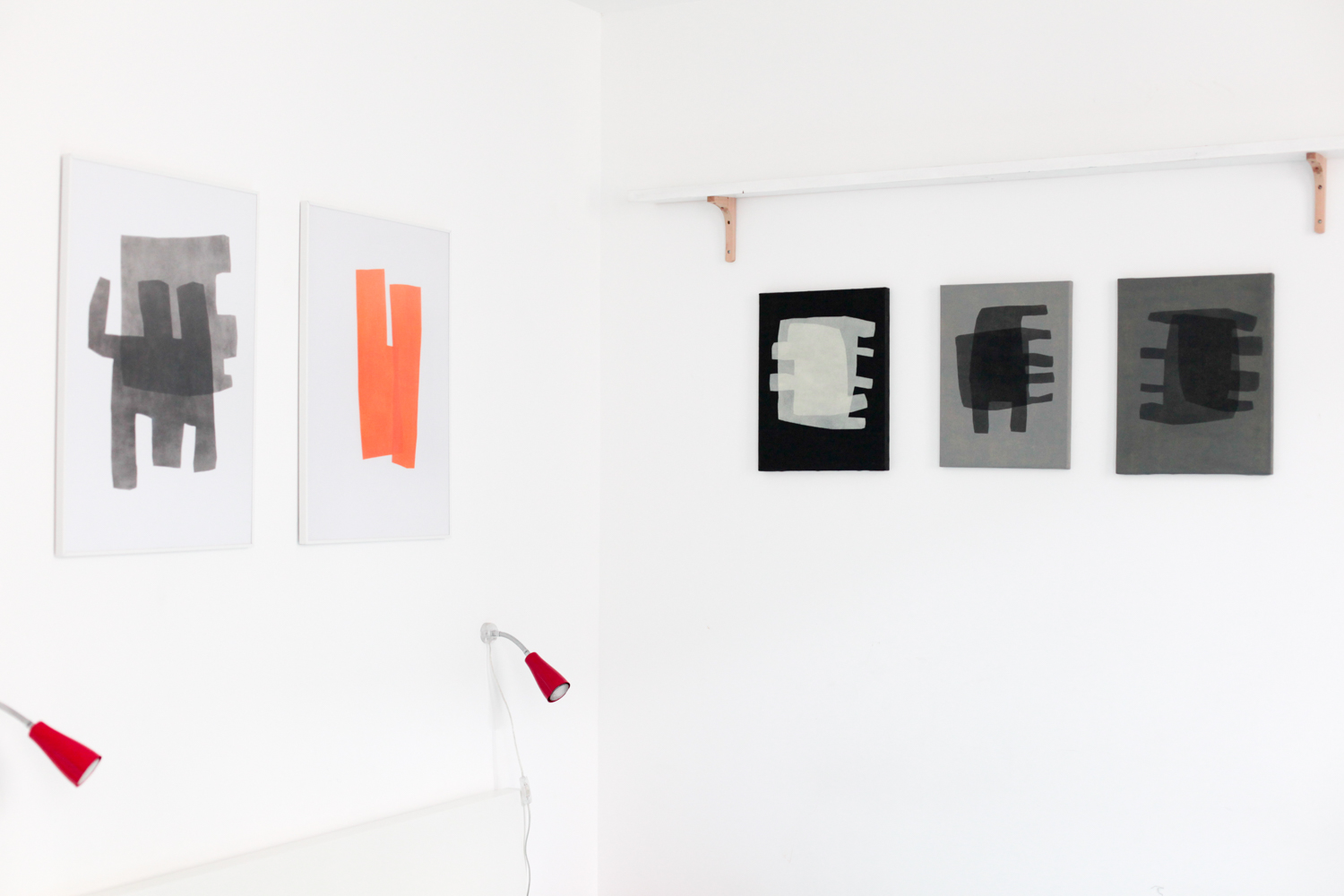

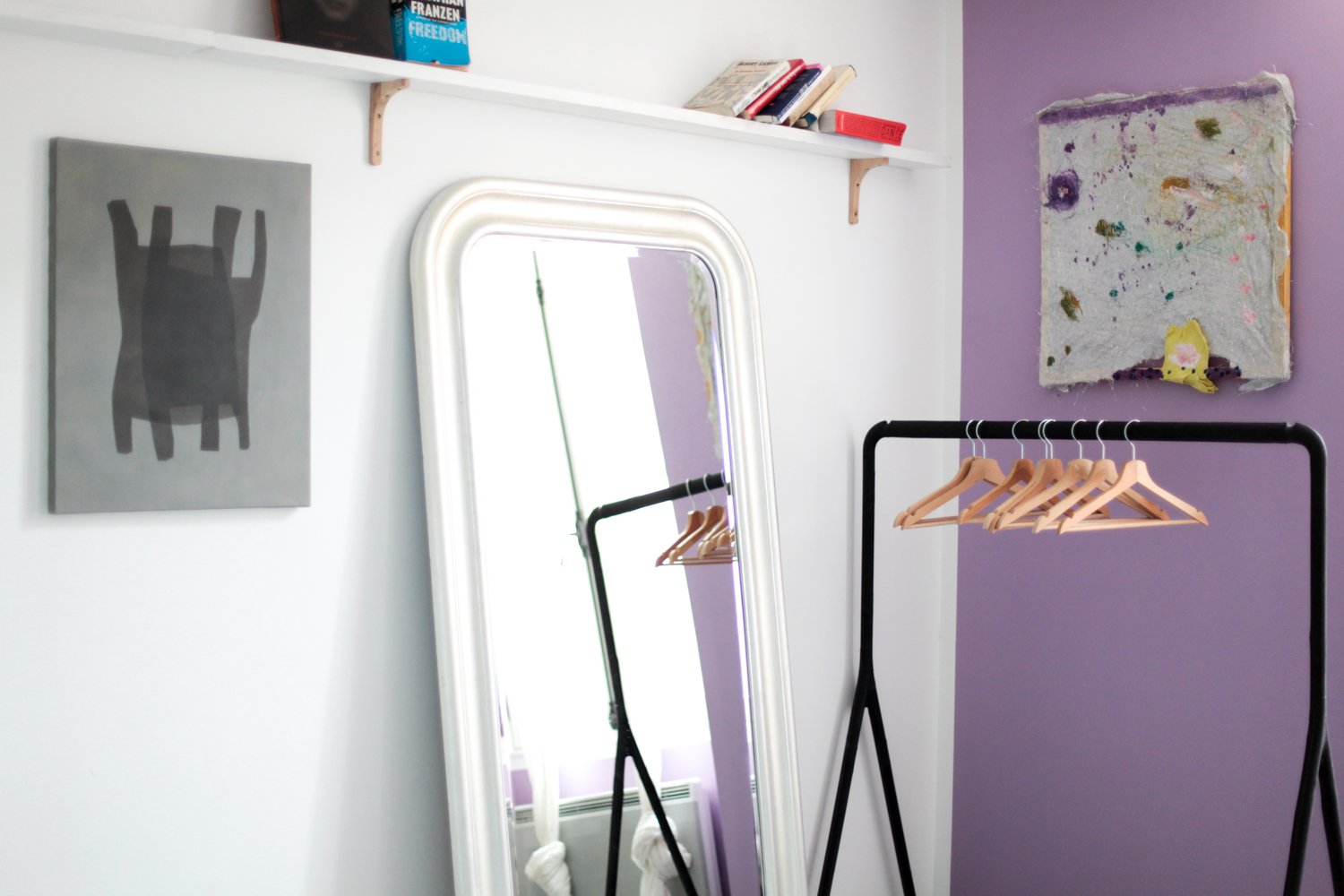




Reliefs
The first Reliefs were created for the project L'Art Renouvelle le Lycée 2012, organised by the
Passage de l'Art gallery. ARL theme an opposition between excess and limitation is present in
my work by questioning the border between painting and spatial objects. In Reliefs I take up the
theme by crossing bidimentional image limits and by opening them to other dimensions.
At first I replaced the usual base of my paintings (canvas on frame) by a woodboard. Next I
literally deepened the dissociation of the background and and the form of my images, cutting out
the form from the background and hanging it eight centimeters from the wall.
The forms hover on the wall which becomes the new background. It is a work on the border
between painting and sculpture.


The relationship between the plane form and the volume is very important during the phase of
cutting the forms from paper, essential to the creation of my works, both pictorial and spatial,
resulting from an intuitive need to experience space.
Eduardo Chillida's Gravitations are meeting points between the artist's graphics and sculptures.
The common ground between my paintings on canvas and my objects is a balance between a still
recognisable motif and pure plastic form, the creation of space from bidimensional elements, the
mutually interpenetrating planes, the relation of forms to the picture space.
The play of colours and contrasts create different planes and depth.

These plastic events are above all formal, although something of the figurative remains in them.
The starting point of an abstract form very often comes from figurative forms, brought on by
everyday reality. I am convinced that a real abstraction does not exist beyond of the idea of
abstraction. More than abstraction, I am interested in the oddity of the received form, the
multiplicity of senses which it evokes.
Chance plays an important part in my work. At the begginning I have a very general idea of what I want to do. I start by putting some pieces of paper on the floor and I observe what happens. Often the proces is long. If I am perceptive, sometimes something happens. The image lets itself be followed and, slowly something appears.
In my most recent spatial works, I introduce the space (the emptiness) into the matter (the
fullness), searching for balance in reference to Eduardo Chillida. This process optically lightens
the composition so that the elements appear like fragments of a larger whole, the empty made
visible.


The wooden elements are bolted by small metal hinges and screws. The hinges have got a few
functions. They connect elements simultaneously keeping between them a fine separation line.
This line, as well as the forms' borders function as a drawing.
Apart from the possibility of real movement ( part folding of elements), hinges introduce an idea of
movement, imaginary and much more vast into the piece. This possibility of movement present in
reliefs, corresponds to the transparency effects, also illusory, in paintings on canvas.
The coexistence of these two kinds of work suggests a questionning of the nature of space,
between physical and mental space. Each approach describes a strange point of it, difficult to
situate, through a dialogue between the bidimensional image and tridimentional space on the one
hand and on the other hand these same elements only in their opposing direction.

Come spend the weekend in the mountains with us ; L&L presents CCC @ Hôtel Burrhus / Supervues, petite surface de l'art contemporain

COMING SOON
The opening of "Family Business", Artbnb’s first exhibition, will take place on November 28th, starting at 4PM. It will be hosted by "Best Place to Stay in Marseille", an Airbnb apartment, 29 Rue Pavillon 13001 Marseille.
Artists: Henry Amistadi, Carolle Benitah, Julia Gat, Melissa Kagerer, Ilka Kramer, Julien Magre, Dominique Mérigard, Christiana Rifaat
Family Business is curated by Julia Gat and organised by LOOK&LISTEN, presenting a variety of photographers whose body of work focuses on the context of family life. Subjects include the photographers’ children, parents, siblings, close friends, and whoever might enter their definition of the term family. Presented here with diverse photographers capturing their surroundings, family documentation goes beyond “souvenir” pictures to explore the complexity of the everyday family dynamics.
November 28th, 2015 - January 31st, 2016.
Visit by appointment, please contact: juliagatphotography@gmail.com
